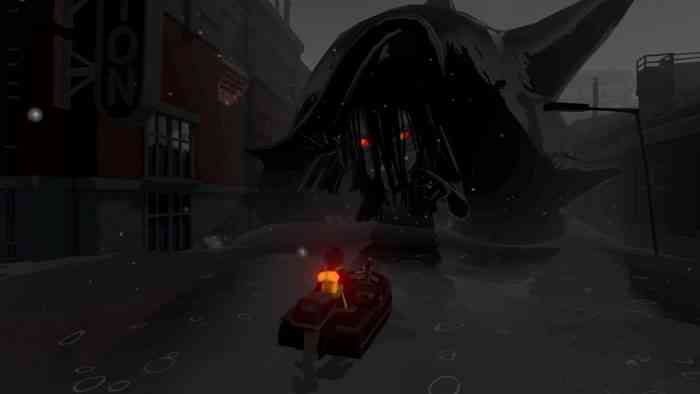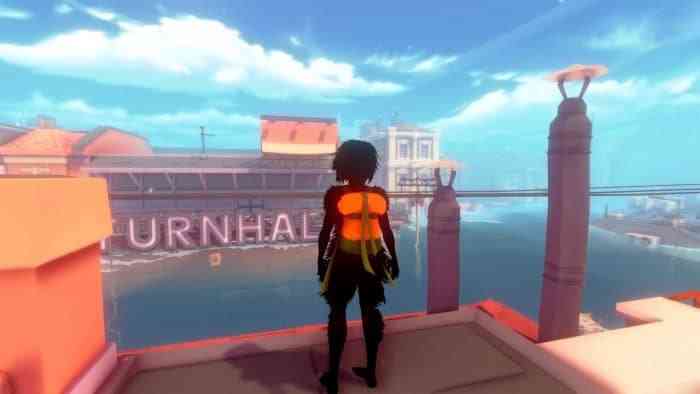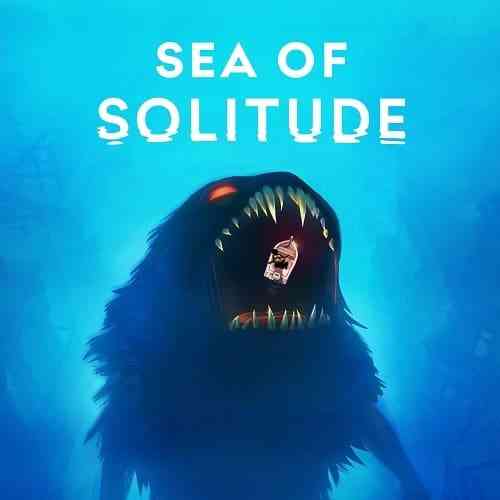Sea of Solitude: The Director’s Cut Review
Originally launching in 2019, Sea of Solitude took a heart wrenching, somber, and very real journey through depression and turned it into a fantastical game that is absolutely overflowing with metaphors and nuanced depictions of mental health and depression. It carries with it a potent weight behind its impactful truth of what it means to struggle with mental health. Sea of Solitude has now made it’s way to the Nintendo Switch with the Director’s Cut of the game, but does this new version of maintain the nuance and flow of the original?
Sea of Solitude begins with Kay: a strange, beastly girl lost at sea in a small boat with only a backpack to her name and her memories lost. She awakens scared and alone, a strange and ominous creature in the depths below. She soon encounters a glowing, happy child who guides her through the dark and rough waters to a city buried beneath the sea. Kay must travel across the waters of the mostly-submerged city to regain her memories and find out what happened.
A Masterful Depiction of Depression
As in the original, every single aspect of the game is crafted with an artistic nuance to convey the effects and feelings of depression. The levels are a mix of brightly colored, happy platforming with a gentle breeze and vibrant buildings interspersed juxtaposed with segments of being dark, rainy, miserable, and alone. The monstrous creatures taunt Kay, insulting her, teasing her to come a little closer so they can consume her. Jumping in the water will see the giant monster of the depths devour her if she is too slow – a fantastic allegory for succumbing to depression when under distress. The backpack she carries consumes and holds the darkness she purifies from others, as if to take the weight of their sorrow onto her own shoulders. Sea of Solitude is full of these impactful and soul-crushing nods to depression and how it feels to be so hurt.

The Director’s Cut of the game offers a few changes to the original; a photo mode has been added which is automatically prompted each time you encounter a seagull (one of the collectibles in the game to encourage exploration), optional gyroscopic controls for certain segments, and an updated and all new voice cast. I didn’t have a problem with the original voice cast. Cornelia Geppert, the designer of the game and creative head of Jo-Mei Games is from Germany and much of the original voice work has that European feel which felt suitable for such a brave and honest discussion on mental health. Yet, there is something to be said for this new cast really giving it their all. From Kay’s sorrow to the taunting of her brother’s bullies, it feels that much more impactful than it did the first time around and they should be commended for their efforts.
As noted with the original, the gameplay mechanics themselves are fairly basic and rudimentary, but this isn’t a game you come to for a complex array of gameplay features, rather the incredible narrative that drives right to the heart during every moment of play. After extended periods of navigating the darkness and finding your way into the light, Sea of Solitude makes you cling to these brief interludes of happiness. You want to explore more, check every corner, any excuse to stay in the light just a little longer before having to delve into the darkness where nightmares try to devour you, hands reach out from the depths to pull you below the surface, and dozens of voices taunt and insult you to tell you how pathetic and weak you are.
Simple Gameplay, Strong Narrative
Much like the original, getting around the world is easy. Kay’s boat handles nicely on the water and rocks with the waves, and her ability to jump is quite impressive, making for a few tense moments where you aren’t quite sure if you will make it. Timing your swimming with how far away the monster is will be absolutely imperative to your survival; some of the gaps you need to cover provide only a moment of grace before it is right behind you and quickly consumes you whole. It is frightening and tense every time you have to enter the water.

Sea of Solitude does an incredible and masterful job of expressing what it means to suffer from depression, so much so that should you be interested in jumping in and have your own mental health issues I would suggest playing only in short bursts and when you are feeling quite strong. Many of these segments are far too relatable and quite vivid in their depictions of mental distress. The changes made to the Director’s Cut offers subtle enhancements to the game with new voice work that makes it hit home a little harder for American audiences and a photo mode that – while enticing – feels more likely to break the immersion. This is every bit as powerful as it was in 2019, and if you are looking for an emotional story to be fully enveloped in, I can’t imagine something being more passionately and beautifully put together than this game.
*Switch code provided by the publisher**
The Good
- Respectful of Source Material
- Compelling Narrative
- Brilliant Voicework
- Fantastic Ending
The Bad
- Basic Gameplay
- Was Photo Mode Necessary?

